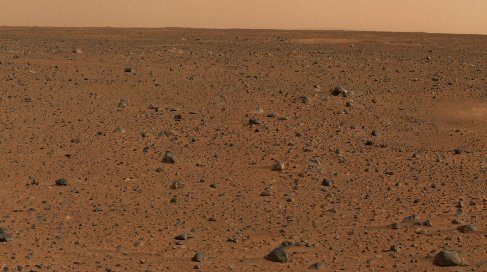Colonize mars: a dream or reality

Mars' colonization often returns to science fiction and narrative. A film like The Martian, for example, tells us how vegetables and vegetables can be grown in sterile, heated environments, generating enough energy and hydration to take root in an atmosphere other than ours. But all or almost all the proposals of colonization on Mars almost always depend on the need to build domes or capsules in which to recreate the conditions of terrestrial life.
Mars has always been at the centre of man's dreams. This depends on various factors. A singular one is the fascination we have towards this lost planet, as if we found in it a sort of destiny for our Earth. And there is no doubt that today Mars is an almost dead planet. Its mild atmosphere is not enough to protect it from solar radiation, which has made it sterile, defenceless and exposed to radiation. Ozone is missing, or at least it is very rare, just as oxygen is rare. The orange air of the planet is given by dust, not by oxidative processes in progress. But the fact that it is a planet poor in impact craters, despite the presence of the asteroid band in the direction of Jupiter, tells us that it was once able to defend itself, just like the Earth today.
The practical problems of the colonization of Mars are well known and also explained sufficiently in the film mentioned above, with Matt Damon. Dust storms are the order of the day, even if they are not necessarily of that power shown in the film. There are also carbon vents and possible earthquakes.
In the case of sand storms, they should lead to intelligent construction; it is no coincidence that some scientists propose to colonize Mars from underground, like authentic marmots. Building bunker species with filtered air ducts, but the problems would still be enormous.
To live on Mars, mankind must first resolve the problem of food supply in the long term. The idea of planting vegetables and vegetables is useful, but on a large scale we should also implement forms of farming. The process of "terraformation", i. e. of creating an environment similar to the Earth from scratch, is difficult: in order to have such a heated climate and make the environment breathing, a lot of energy is needed. It is thought that it is impossible to change the climate of Mars, even inseminating it. And it is not known what organisms we could recreate and what consequences it would have on our colonisation. The truth is that for now we have not even designed a suitable equipment for the mission and we are still far from setting foot, because the trip to Mars includes a return trip that is approaching two years in total.
Good read! :) The falcon Heavy launch by SpaceX can be considered as one baby step towards Mars. But the issues mentioned in the post and beyond still stays unsolved. Can't wait to see how the multi planet faring adventure unfolds in the future! :)